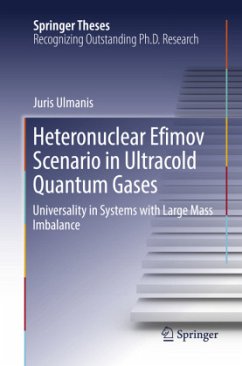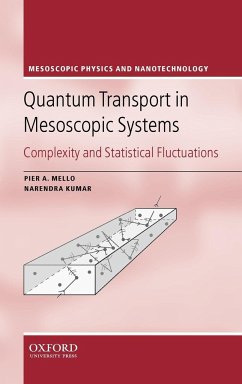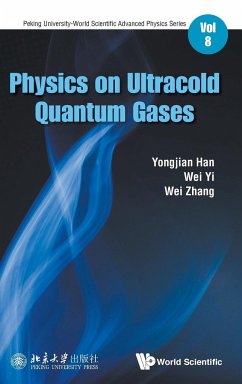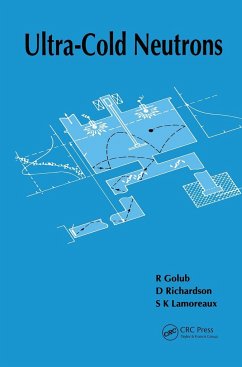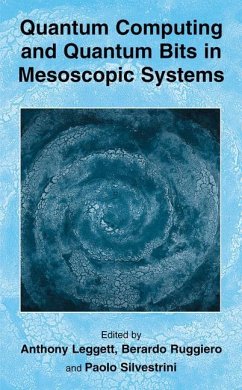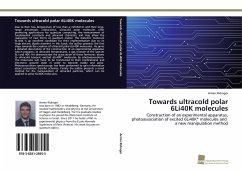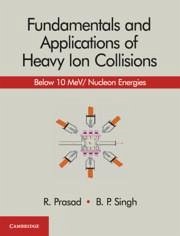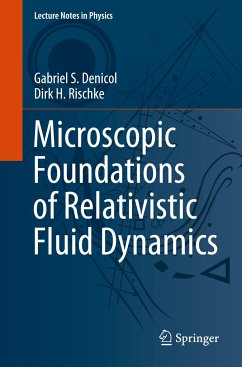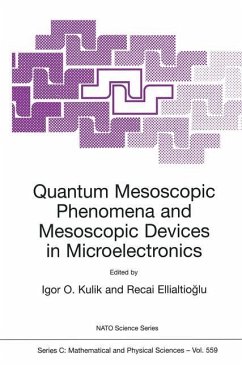
Cold and Ultracold Collisions in Quantum Microscopic and Mesoscopic Systems
Versandkostenfrei!
Versandfertig in 1-2 Wochen
144,99 €
inkl. MwSt.
Weitere Ausgaben:

PAYBACK Punkte
72 °P sammeln!
Cold and ultracold collisions occupy a strategic position at the intersection of several powerful themes of current research in chemical physics, in atomic, molecular and optical physics, and even in condensed matter. The nature of these collisions has important consequences for optical manipulation of inelastic and reactive processes, precision measurement of molecular and atomic properties, matter-wave coherences and quantum-statistical condensates of dilute, weakly interacting atoms. This crucial position explains the wide interest and explosive growth of the field since its inception in 19...
Cold and ultracold collisions occupy a strategic position at the intersection of several powerful themes of current research in chemical physics, in atomic, molecular and optical physics, and even in condensed matter. The nature of these collisions has important consequences for optical manipulation of inelastic and reactive processes, precision measurement of molecular and atomic properties, matter-wave coherences and quantum-statistical condensates of dilute, weakly interacting atoms. This crucial position explains the wide interest and explosive growth of the field since its inception in 1987. The author reviews elements of the quantum theory of scattering theory, collisions taking place in the presence of one or more light fields, and collisions in the dark, below the photon recoil limit imposed by the presence of any light field. Finally, it reviews the essential properties of these mesoscopic quantum systems and describes the key importance of the scattering length to condensate stability.






